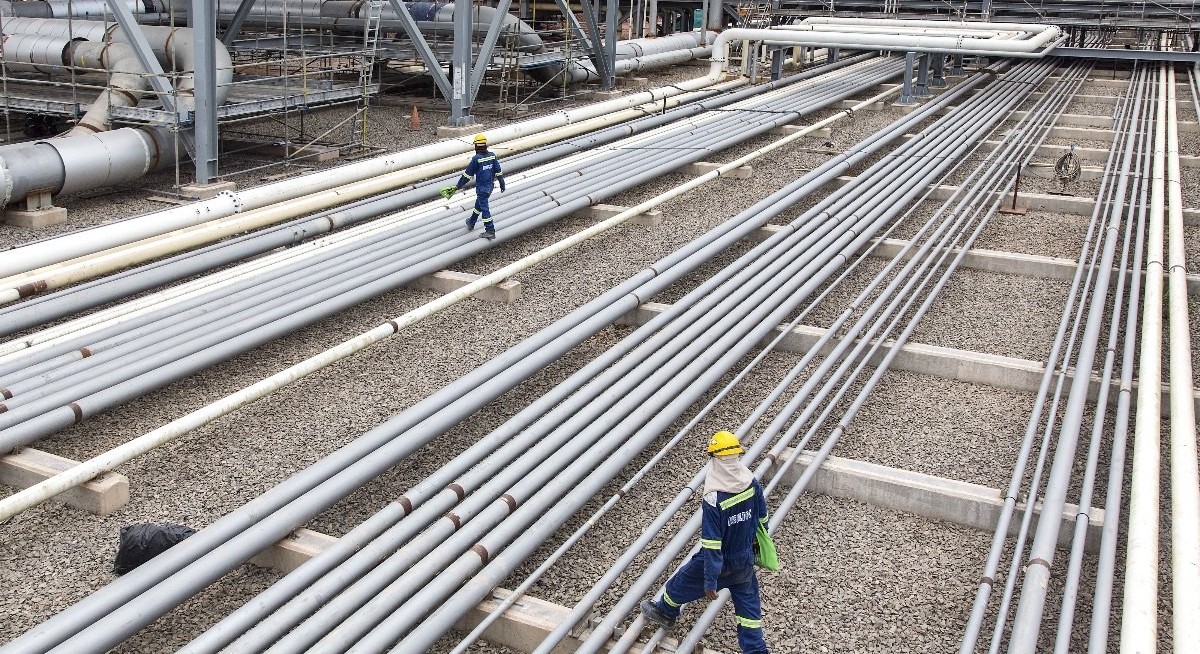“The margins are shrinking, the fields are getting smaller,” Taufik said. “It will be challenging to meet dividend targets” with current oil prices, he said.
The oil price slump — coupled with declining output from its older assets — will pose a challenge for Malaysia’s government, which derived 10% of its revenue from Petroliam Nasional Bhd., the full name of the company, in 2024. Petronas not only anchors the nation’s energy sector, but also plays a key role in funding infrastructure, education, and social programs through dividends and taxes.
The company’s dividend has been falling. The firm has pledged 32 billion ringgit ($9.7 billion) in dividends this year, down from 50 billion ringgit in 2022.
See also: Attacks on CPC terminal cuts Kazakhstan’s oil output by more than 10%
Petronas sets its budget based on Brent oil at around US$75 ($96.71) to US$80 per barrel, Taufik said. The global benchmark is currently trading near US$65, down about 13% this year, as trade tensions threaten global growth, and OPEC+ restores production. Petronas’ net income slid 32% in 2024, following a 21% drop in 2023.
Taufik, who has been heading Petronas since 2020, said it needs to be competitive with international oil majors and not just other national oil companies. Otherwise, “we will be rendered irrelevant,” he said.
Petronas wants to maintain its market share as one of the world’s top five liquefied natural gas suppliers, as it expects LNG demand to reach 600 million tons within the next decade. To achieve that, Petronas is looking for opportunities abroad as fields at home shrink.




